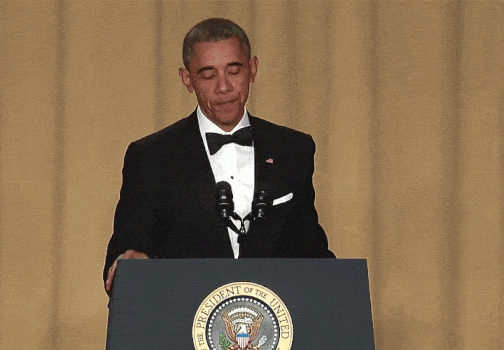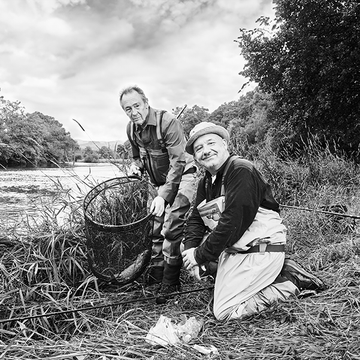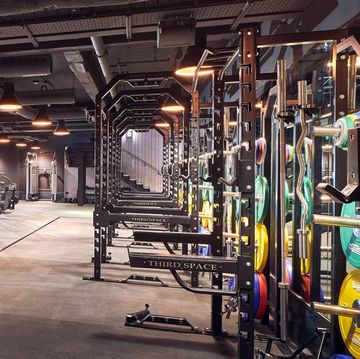Owning an office is about more than just eye contact and bringing in Toblerone after your holiday to Switzerland.
A famous study found that 55% of effective communication was through body language, 38% through tone of voice and just 7% accounted for the actual words said, which means we should all be aware of the effect our body language and mannerisms have on others.
Here are some hacks to improve your status on the floor, whether it is commanding authority in a presentation or getting off to a good start in a new client meeting.
1 | Pose confidently
Research from Harvard and Columbia Business Schools shows that holding your body in expansive "high power" poses - like standing tall with your shoulders back, widening your stance or simply spreading your arms - actually raises testosterone, the hormone linked to power and self-confidence. They also lower the levels of cortisol, AKA the stress hormone.
Before a big meeting try standing in the bathroom cubicle or hallway, expanding your arm span and taking a few minutes to physically stand up straight. Just don't get caught flexing your muscles in the toilet mirror - that will likely undo any good.
2 | Be weary of 'submission signals'
With a new boss or a potential promotion looming, we can all become a little too keen for approval from our superiors, and nothing gives this away like our mannerisms.
Take the head tilt. According to body language author Carol Kinsey Goman, tilting your head signifies sympathy and active listening but is "also subconsciously processed as a submission signal."
Similarly, she writes that while head-nodding can express encouragement and engagement it also expresses a lack of authority and power.
In other words, try and keep both to a minimum, even if you're talking to the CEO. And under absolutely no circumstances give anyone a double thumbs up.
3 | Don't stand still when presenting
Keeping colleagues from day dreaming about their dinner is the hardest challenge of any presentation. This is where body language can really be your ally. It is physically difficult to ignore a person if they move as opposed to standing still (think about how your eyes are drawn to air stewards when they indicate the exits).
For your presentation try to vary the gestures with your head, body and hands (Tony Blair was great at this). And use the space you're in: if you're reading a slide with three points, move to three slightly different positions as you discuss each one.
4 | Show your palms
Many moons ago men revealed their palms to show they weren't carrying weapons. Fast forward to now and showing your palms is still a sign of being open and honest with each other.
"When your palms are up, it signals honesty and engagement. The limbic brain picks up the positivity, which will make the listener comfortable," says body language expert, Patty Wood.
A great tip, in other words, for interviews. Just make sure they're not visibly sweating.
5 | Always be first or last
People always have the clearest memory of first and last thing that happens, while the middle becomes a vague blur.
This is true of days, weeks and - crucially - interviews, so if you're going in for a new role try and be the first or last through the door.
6 | Keep both feet on the ground
Although it is less common for men to cross their legs than women, there's actually a neurological reason you should be conscious of it: making sure you have both feet planted means you can go between creative and rational sides of the brain more easily.
"It's not impossible, but it's difficult to answer highly complex questions unless both of your feet are on the ground," Wood says. "It has to do with being able to go back and forth easily between the limbic reptilian brain to the neocortex brain."
7 | Sit next to your enemies
Unlike the classic face-to-face confrontation set up found in boxing press conferences and, well, the British government, it is almost impossible to argue with someone if you are sitting alongside them facing the same way.
If you know someone is going to have a go at you in a meeting, deliberately sit right next to them. The proximity will make them feel less comfortable with being aggressive, and you'll have an easier time of it.















